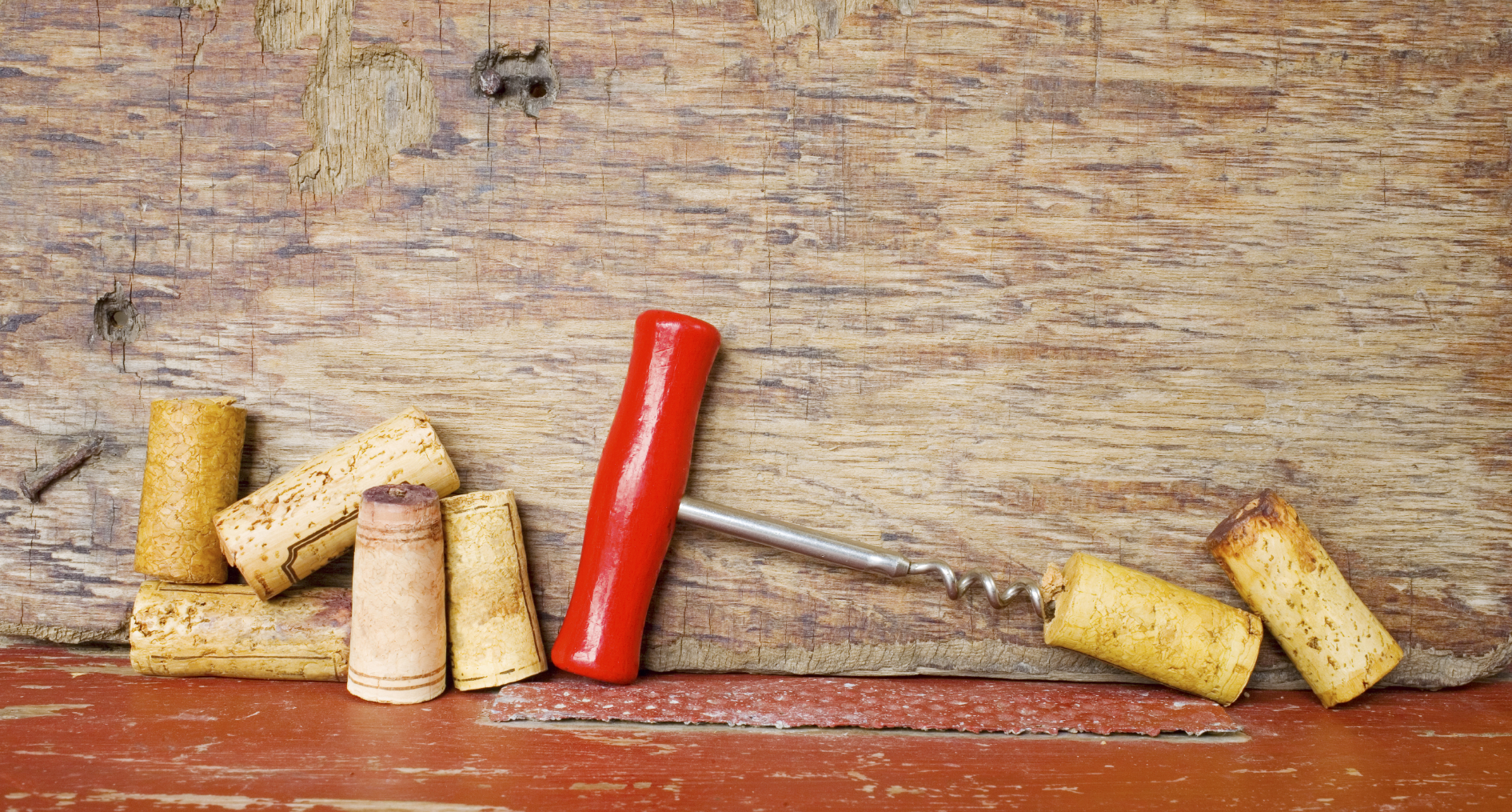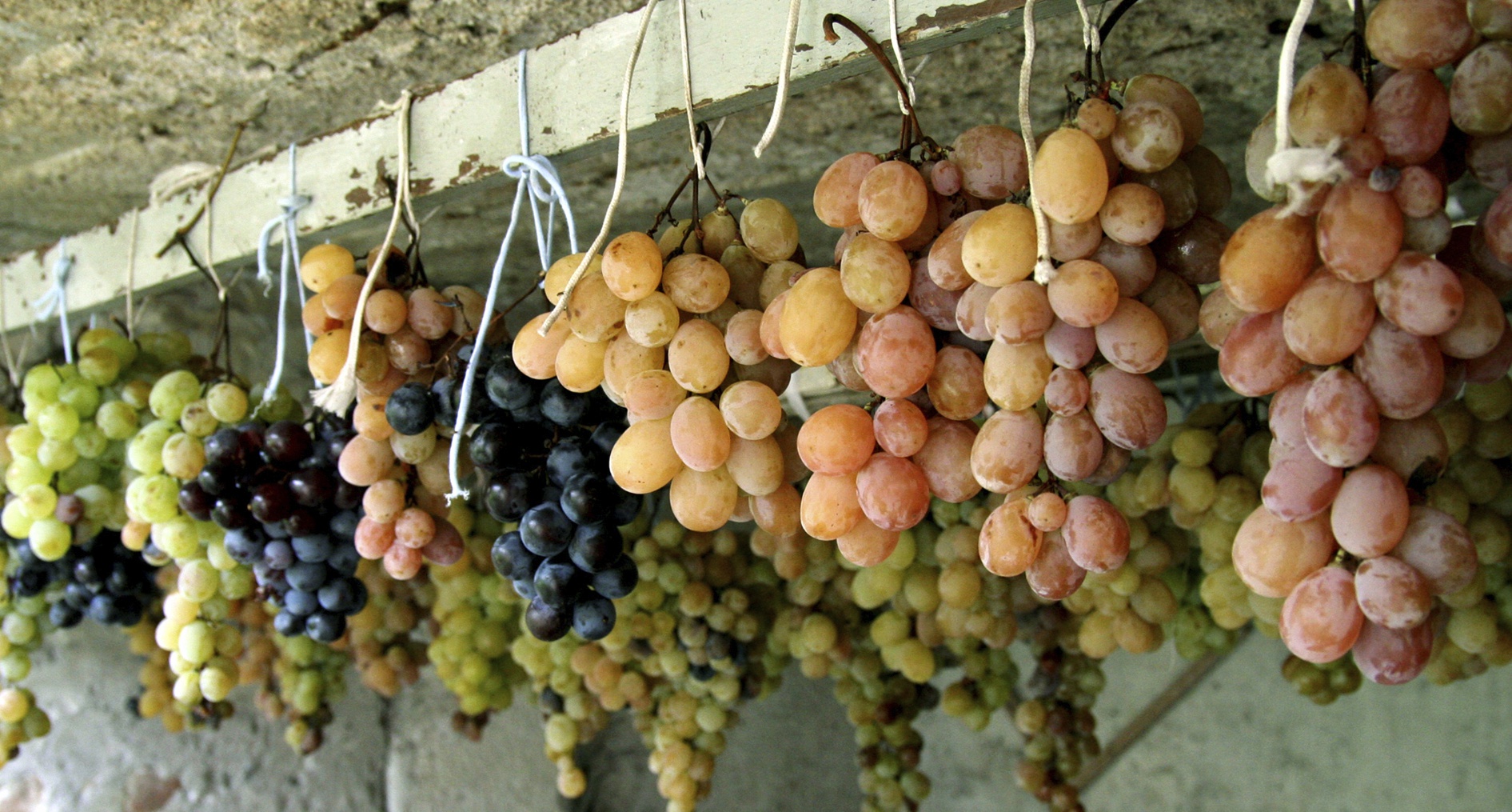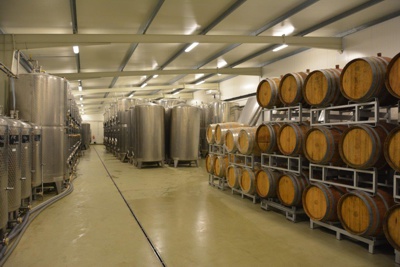

Vinařství Ludwig đã trải qua hơn một thế kỷ với truyền thống làm rượu ở gia đình Šlancar của, Němčičky“ bởi„Velké Pavlovice“ ở miền nam Moravia. Công ty có 23 nhân viên làm việc ở 3 nơi. Với năng suất hàng năm đạt 1.800.000 lít, Vinné sklepy Roztoky đã đạt được năng suất sản phẩm, dự trữ và phân phối ở mức cao nhất.

Ngoài loại rượu sản xuất của chúng tôi từ Velké Pavlovice“ và rượu Slovakian, chúng tôi còn cung cấp các loại rượu đến từ nước Pháp, Ý, Romani, Bulgari, Macedonia, Hy Lạp, Hungary, Nam Phi, Mỹ, Chile, Argentina, Australia, và New Zealand.
Trụ sở của Công ty đặt tại thị trấn Roztoky, cách 2 km về phía bắc của Prague. Đây là địa điểm lý tưởng để phân phối tới các nhà bán lẻ ở Prague và trung tâm Bohemian và trụ sở có đầy đủ khả năng dự trữ rượu và giao hàng tới các khu vực lân cận.
Trong ngôi làng Moravská Nová Ves, chúng tôi có 6 hecta vườn trồng nho. Mỗi năm, chúng tôi thu hoạch nho để phục vụ cho việc sản xuất rượu , đặc biệt là loại rượu Ludwig Culinary để cung cấp cho các nhà hàng. Khu vực Moravská Nová Ves mang lại năng suất chính cho Công ty.
Khu vực Bořetice là trung tâm sản xuất của chúng tôi. Năng suất dự trữ của hầm rượu Bořetice lên đến 1.000.000 lít rượu. Dây chuyền đóng chai lên đến 1.500.000 chai. Ngoài ra chúng tôi cũng có thêm một nơi dự trữ khác để cung cấp rượu cho Cộng hòa Séc.
Roztoky viniculture has a deep and rich tradition based on its advantageous location. The cultivation of wine grapes was begun in the 9th century by the first Christian duke of Bořivoj with his wife, the Duchess, who was later martyred and became St. Ludmila. After his christening ceremony in the duke Svatopluk’s residence at Great Moravia, he brought many needed gifts for the christian church services such as sacramental wine and grape seedlings. He then established „Levohradec“ and „Mělník“ vineyards in his area, one of the warmest Czech regions at that time. These vineyeards became the ancestral vineyards of Czech wine culture.
From the 12th to the 19th century the „Hradec“ vineyard was farmed by Benedictine nuns from the 1st female cloister at the Prague’s castle. After cultivation ended, the names „Upper and Lower Hradec“ vineyards were still used by the public, and due to it's great location, would truly deserve a proper reconstruction.
The 2nd oldest vineyard, „God’s mother“ vineyard, was started in the end of 10th century by the oldest Benedictine monk at the „Břevnov u Prahy“ monastery, founded by st. Vojtěch, bishop in 993. There were some of the „Břevnov“ cloister‘s properties in Roztoky given by members of the Přemysl dynasty. Next to the Roztoky water fort, behind the „Únětice“ stream, there was an abbot house and a farm of the „Břevnov“ monastery abbot. The „God’s mother“ vineyard was located on the south hillside of the „Silent valley“. It’s name was kept through the centuries and even now it is remembered on the entry sign of the „U Matky Boží" villa.
This vineyard was extended In 14th century by Charles IV., the Roman emperor and king of the Czechs, who also founded the nearby „Great Pond“ with a large, still functioning, dam, millhouse, wine estate with wine press and nearby wine cellars.
There are three vineyards noted in an inscription from 1453, written by king Ladislav Pohrobek, which was used to give Roztoky to Fridrych from „Donín“. The vineyards are noted in all market contracts untill 1623, when Roztoky was bought by vicegerent Charles from „Lichtenštejn“, whos family owned them untill 1803.
At the end of the 17th century, the entire farm area, especially the vineyard , was developed by the knight David Boryně of „Lhota“ on „Milkovice“ and Roztoky, burried in the „Levohrad“ church. At the time the „Hradec“ and „Roztoky wines were being delivered to Roztoky castle, Prague castle and many of Prague`s towns and monasteries.
The memory of the Roztoky viniculture is exemplified by a few wine cellars in the „Silent valley“, such as the „U Vošahlíků-Vacků" cellar with all the relevant equipment. The seedlings of „Isabela“ grape also survived, and is resistent to any types of phylloxera, mildew or other parasites.
The town of Roztoky, its surroundings and the „Lower Povltaví“ carry more than a thousand years of tradition in Czech viniculture together with the area from Prague’s „Vinohrady“, „Petřín“, the Prague’s castle hillsides through „Troja“, „Podhoř“ all the way to the town of „Kralupy nad Vltavou“, „Tuchoměřice“, „Okoř“ and „Budeč“. Nowadays there’s still one live vineyard in this area, down in the „Důl at Libčice“, next to the Institut of the apiculture.
The tradition of the Roztoky vineculture is also exemplified by the history of local wineshops and winebars. The first Roztoky wineshop was open before the first world war by son of the mayor Matěj Vošahlík on Nádražní street. Another was run during the latter part of the 20’s in the cellar „Small Sakura“ Number 81. The success of the winebars and 18 of Roztoky and „Žalovy“ restaurants with two famous hotels, Maxmilliánka and Sakura, was due to the popularity of the resort as a tourist destination of not only Prague’s citizens, who came, looking for peace and quiet, and to the „Left Hradec“ Roztoky, places with many natural and sightseeing interests. This area's popularity returned after the 2nd world war and lasts until this day.
The winery produces mainly wine from traditional varieties of grapes, which are obtained from grapes ripening in the vineyards of the best positions.
The grapes are harvested by hand and gently processed controlled fermentation technology. This gives our wines unique...
Ludwig Culinary Pálava selection of...
Ludwig White Sparkling 2024
Ludwig 30 André late harvest 2024 0.75...
Ludwig 30 Cabernet Moravia late harvest...
Ludwig Family - Hibernal 2023 late...
Ludwig 30 Pinot Noir rosé late harvest...
Ludwig Prime Line Pinot Noir rosé 0.75...
Ludwig Inflagranti bílé 2021...
Ludwig Family - Silvaner 2022 late...
Ludwig 30 Riesling,Aurelius late...